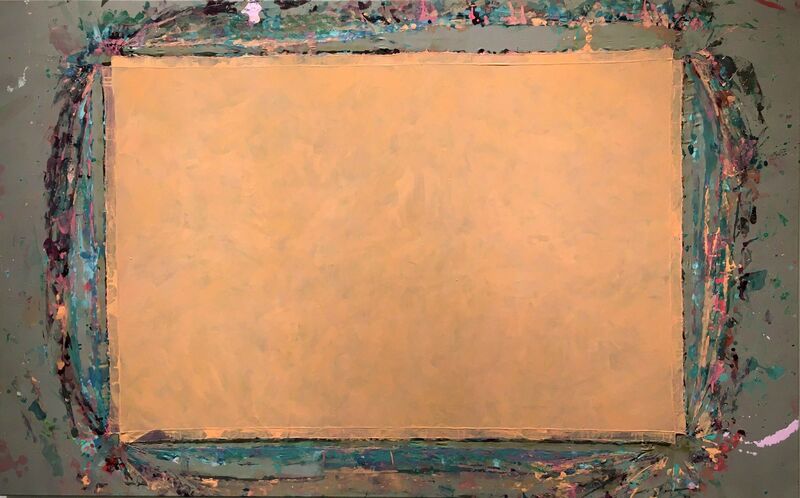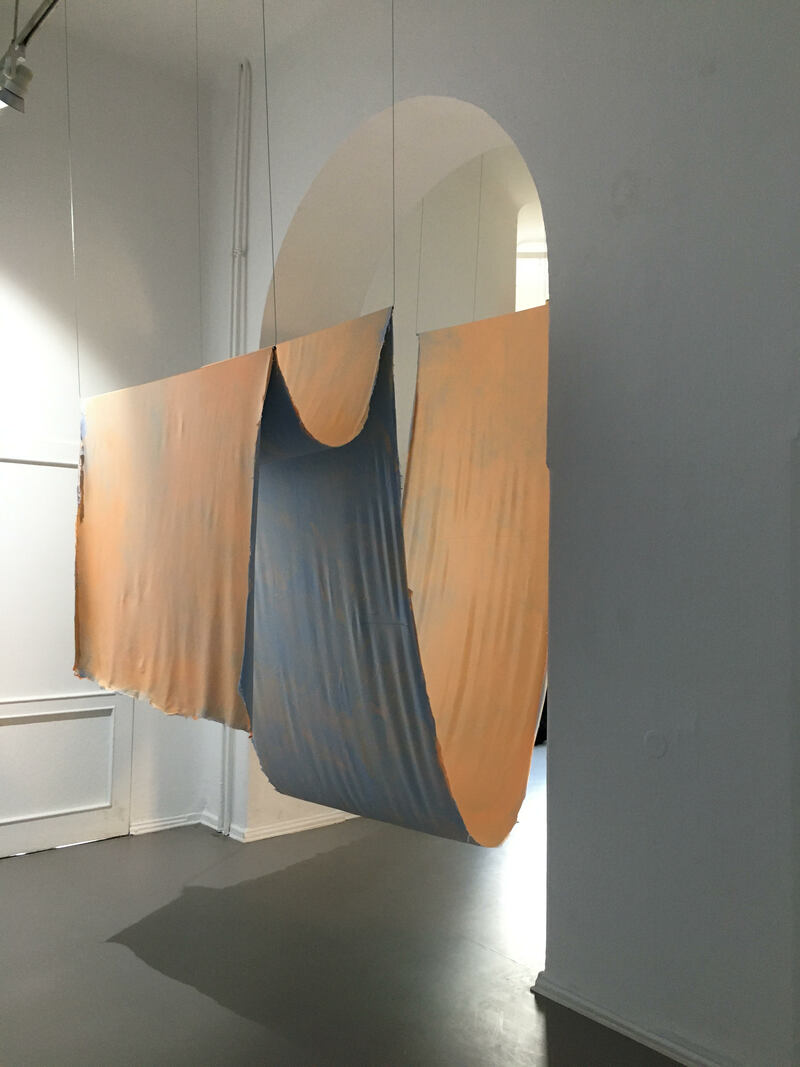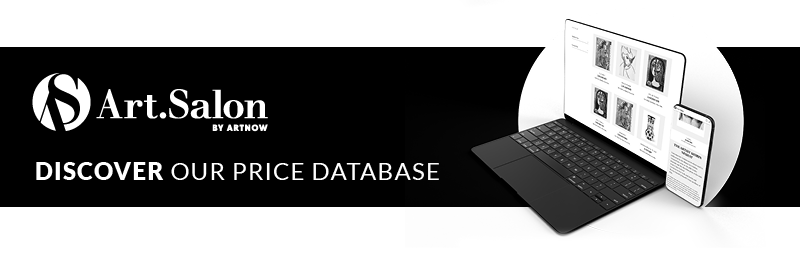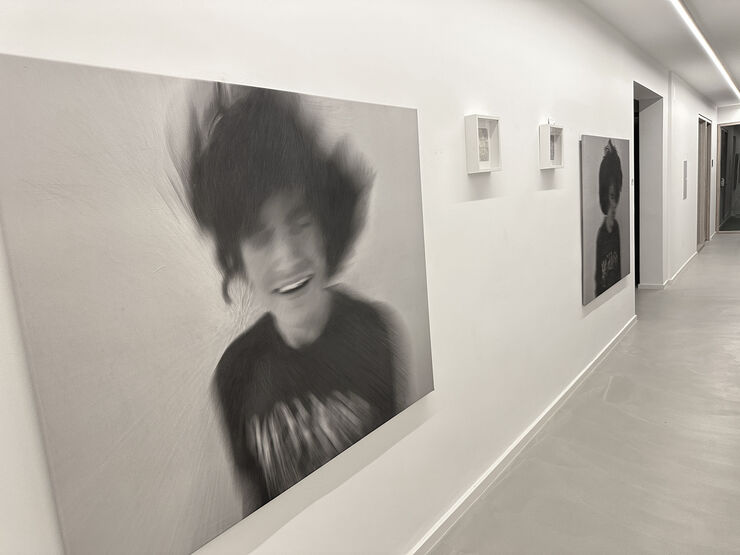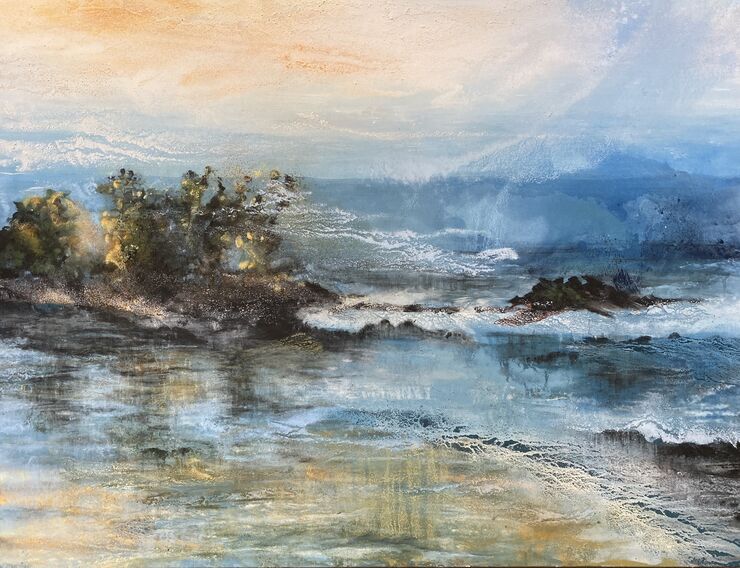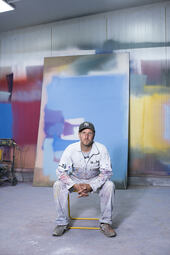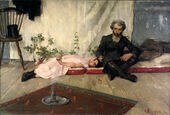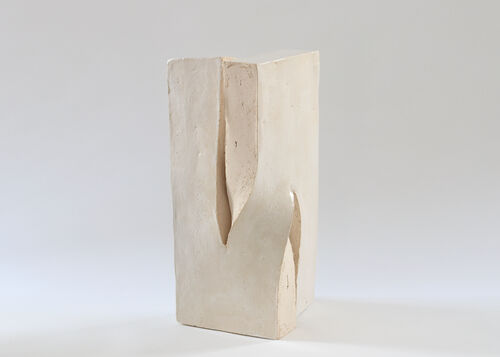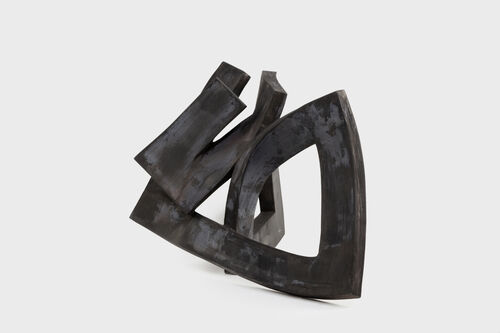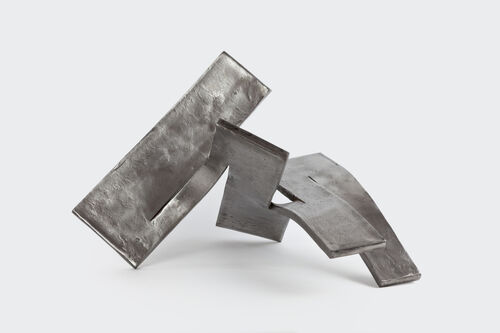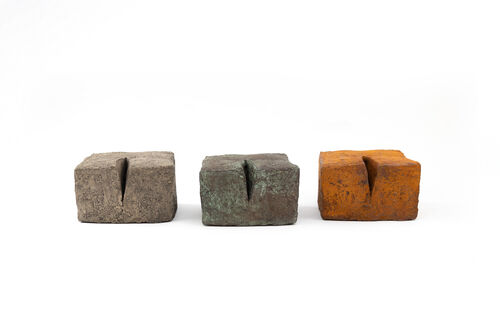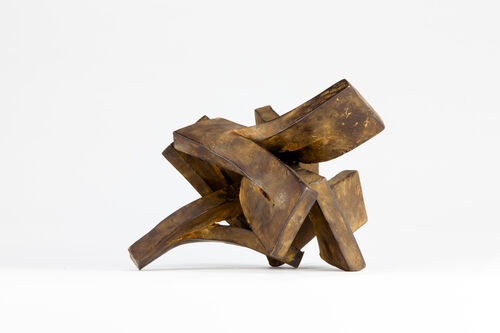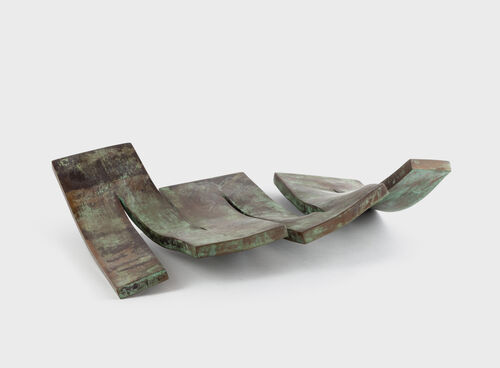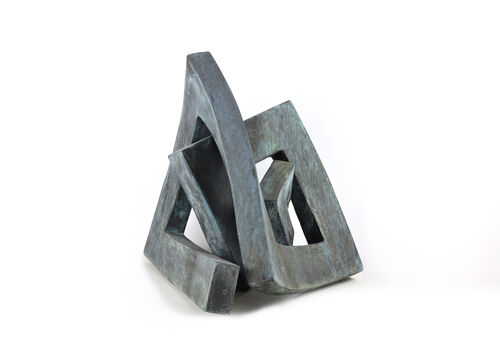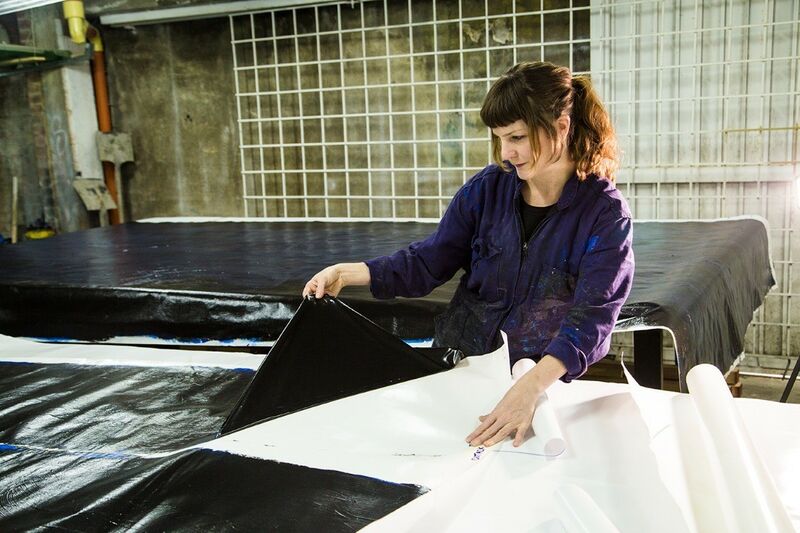
More on the subject Interviews
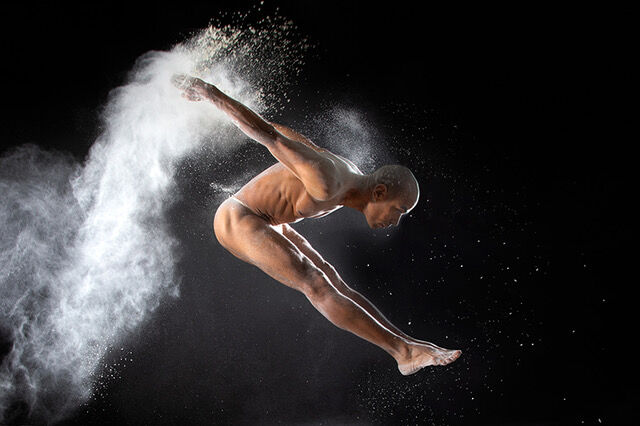
»With the camera, I can lend permanence to the ephemeral«
Bringing time to a standstill with photography: Berlin-based photographer Elitza Nanova not only captures the dynamics of dance, but also her fascination with fleeting moments for eternity. In an in-depth conversation, she provides deep insights into her practice. The interview was conducted by Mario Stumpfe.
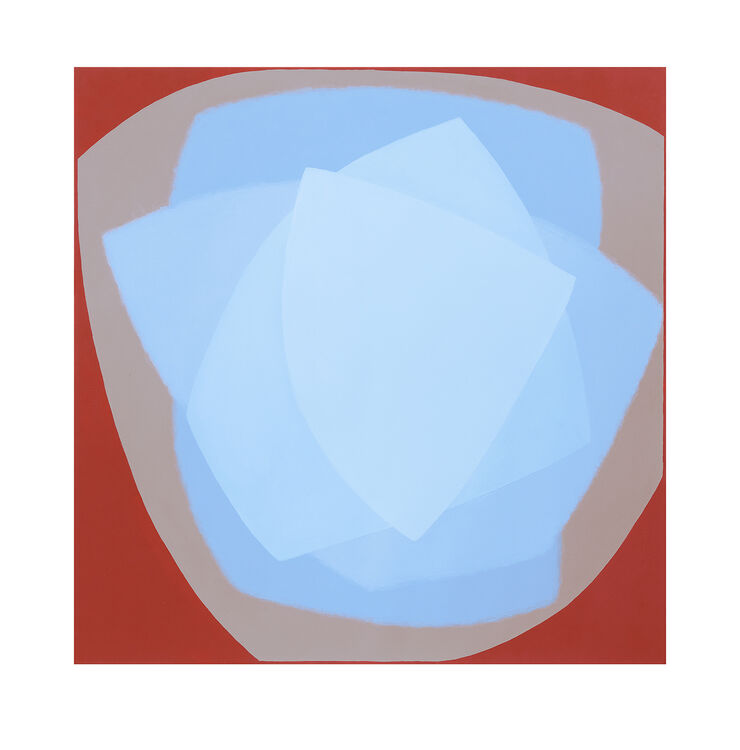
New fine art print by Eveline Stauffer
With her minimalist paintings, the artist Eveline Stauffer succeeds in capturing the expressive power of maximally reduced forms. We interviewed the artist on the occasion of the publication of her new limited edition fine art print of the work Light blue light in the south.
Dive deeper into the art world
»Color is an illusion«
Modernism in Silence
She is a national heroine in Finland, but has only become known internationally in recent years: Helene Schjerfbeck fascinates with her original, simple style. For the first time, a major museum in the USA is presenting her work: Seeing Silence: The Paintings of Helene Schjerfbeck opens on December 5 at the Metropolitan Museum of Art in New York.



